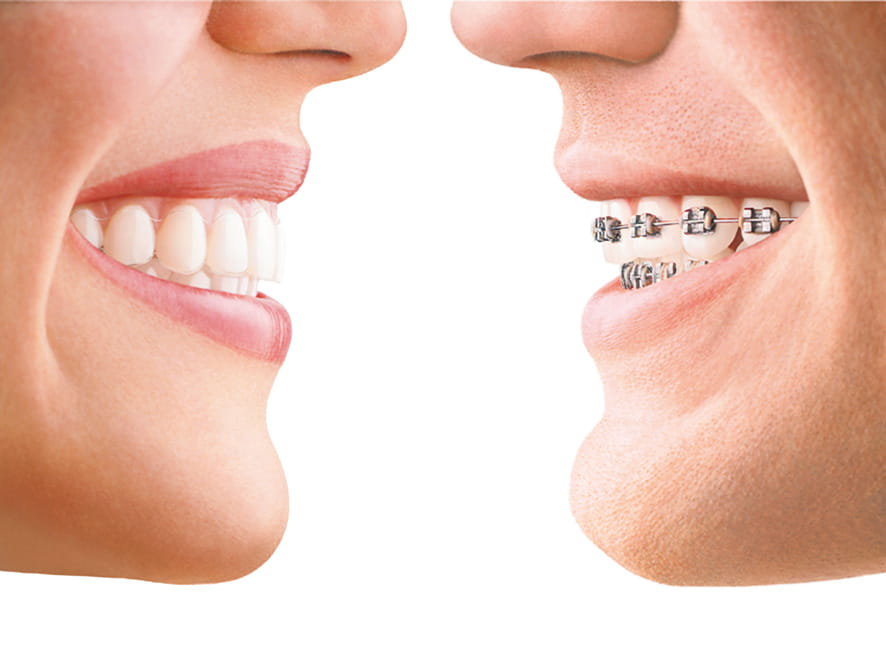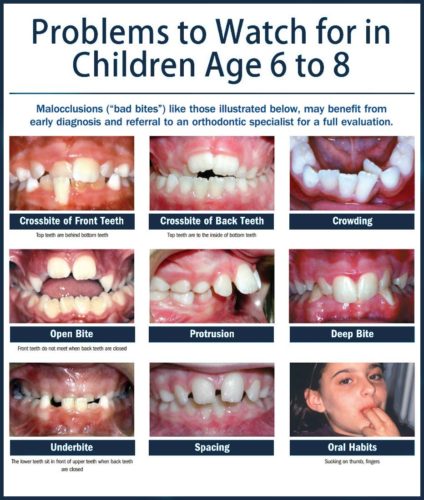Choosing the Right Orthodontic Treatment: Braces vs. Invisalign
Live Life Confidently!
Dr. Steven Bunker loves both braces and clear aligners (Invisalign and Spark) and provides both options for his patients in Richland, Pasco, and Kennewick, Washington.
When it comes to achieving a straighter smile and a healthier bite, two popular orthodontic treatments stand out: traditional braces and Invisalign. Each option has its own set of advantages and considerations, making the decision between the two an important one. In this blog post, we’ll explore the key differences between braces and Invisalign to help you make an informed choice for your orthodontic journey.
Braces: Time-Tested and Effective
- Braces consist of metal or ceramic brackets attached to the teeth, connected by wires. This traditional method has been a staple in orthodontics for decades.
- Advantages:
- Proven effectiveness in treating complex dental issues.
- Suitable for patients of all ages.
- Varieties available, such as clear ceramic braces for a less noticeable appearance.
Invisalign: The Clear Alternative
- Invisalign utilizes a series of clear, removable aligners that gradually shift teeth into the desired position. This modern approach offers a more discreet option compared to traditional braces.
- Advantages:
- Virtually invisible, providing a cosmetic advantage.
- Removable for easy cleaning and eating.
- Reduced irritation compared to braces.
Treatment Process and Duration:
- Braces: Typically, braces require adjustments every few weeks, with the total treatment duration ranging from 18 months to several years.
- Invisalign: The treatment duration varies based on the complexity of the case but is often comparable to traditional braces. New aligners are typically provided every 1-2 weeks.
Comfort and Maintenance:
- Braces: Initial discomfort and irritation are common after adjustments. Regular cleaning can be more challenging due to wires and brackets.
- Invisalign: Generally more comfortable with minimal irritation. Easy maintenance with removable aligners for eating, brushing, and flossing.
Aesthetic Considerations:
- Braces: Visible and may impact confidence, especially for adults or professionals.
- Invisalign: Virtually invisible, making it an attractive option for those concerned about the cosmetic impact of orthodontic treatment.
Cost Considerations:
- Braces: Traditional braces are often more cost-effective than Invisalign.
- Invisalign: Can be more expensive, but costs vary depending on the complexity of the case and location.
Patient Compliance:
- Braces: No risk of forgetting to wear them since they are permanently fixed on the teeth.
- Invisalign: Requires strict adherence to wearing the aligners for at least 22 hours a day for optimal results. If you do not wear them for 22 hours a day, results may be more difficult to achieve.
Choosing between braces and Invisalign depends on various factors, including personal preferences, lifestyle, and the complexity of your orthodontic needs. Consulting with an orthodontic professional is crucial to determine the most suitable option for your specific case. Whether you opt for the time-tested reliability of braces or the discreet convenience of Invisalign, the end goal remains the same: achieving a beautifully aligned and healthy smile.



